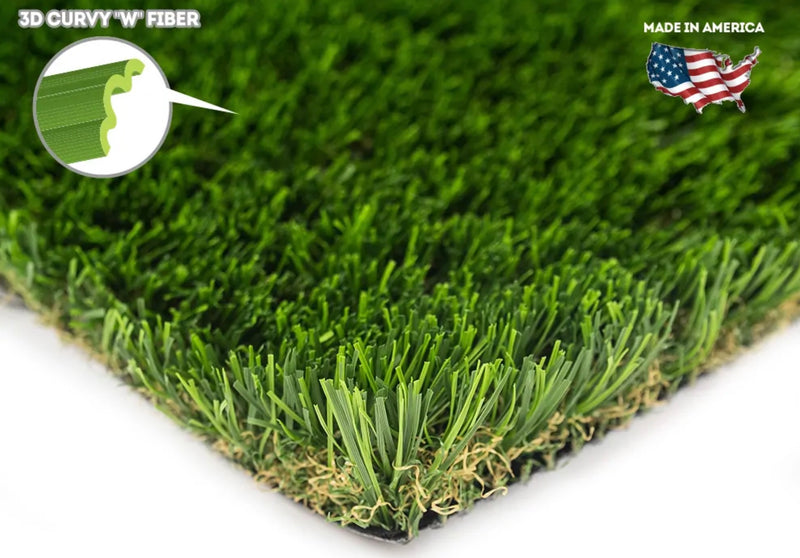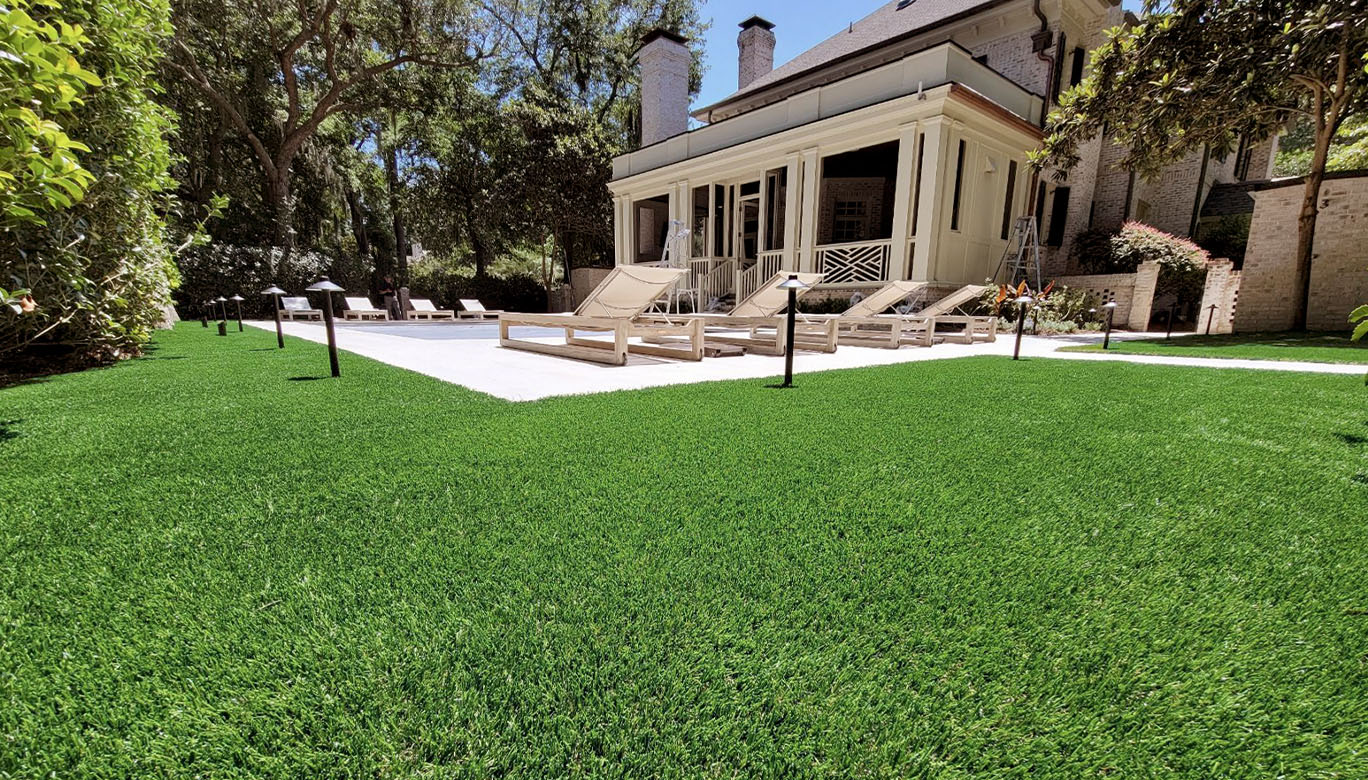Choose Trusted Artificial Turf Companies Phoenix for Your Landscaping Needs
Delve Into the Environmental Benefits of Opting for Synthetic Grass Solutions
The fostering of fabricated grass options offers an engaging chance to address pressing ecological challenges. By considerably decreasing water use and lessening the application of damaging chemicals, these alternatives not just advertise lasting landscape design yet additionally shield neighborhood ecological communities. Additionally, the reduced carbon impact related to reduced upkeep tasks adds to an extra sustainable method to land management. Nonetheless, the ramifications of these advantages prolong beyond plain conservation initiatives, raising inquiries about their lasting effect on environment preservation and general environmental balance. Discovering these measurements discloses a complicated interplay worth considering.
Water Conservation Advantages
One of the most significant benefits of artificial grass is its capacity to preserve water. In contrast, man-made lawn does not need watering, considerably minimizing the total need for water resources.
By removing the requirement for regular watering, synthetic grass contributes to sustainable landscape techniques and aids alleviate the environmental influence of too much water consumption. The conservation of water expands to the decrease of overflow, which can lead to soil erosion and river contamination.
In addition, the setup of fabricated turf allows towns and house owners to allocate water sources much more successfully, focusing on vital uses such as alcohol consumption water and agriculture. The shift in the direction of synthetic grass not only advertises liable water usage yet additionally straightens with wider environmental goals aimed at maintaining natural deposits.
As communities significantly focus on sustainability, the water preservation advantages of synthetic grass provide an engaging case for its adoption in industrial and household landscape design projects.
Reduced Chemical Usage
The transition to man-made grass significantly decreases the reliance on chemical therapies frequently used in all-natural lawn maintenance. Conventional grass management usually involves the application of plant foods, pesticides, and herbicides to promote development and control bugs. These chemicals can present risks to human health and wellness, neighborhood wild animals, and the environment, adding to soil and water contamination.
On the other hand, man-made grass removes the requirement for these hazardous materials. As soon as mounted, it needs minimal upkeep, mostly containing normal cleaning and irregular infill replenishment. This reduction in chemical use not just benefits the immediate environment however additionally adds to broader ecological security. By minimizing the release of synthetic compounds into the ecological community, synthetic grass promotes healthier dirt and water systems.
Additionally, the lack of chemical drainage associated with synthetic grass installations helps safeguard neighborhood rivers from air pollution, supporting aquatic life and preserving biodiversity. Turf installation phoenix az. As communities significantly prioritize lasting techniques, choosing synthetic grass presents a practical remedy that aligns with ecological preservation objectives. With this change, homeowner can enjoy lavish eco-friendly areas without jeopardizing ecological health, leading the means for a much more lasting future
Lower Carbon Footprint

Furthermore, the setup of synthetic grass can result in substantial water preservation. Natural grass need considerable amounts of water for irrigation, which not just adds to the carbon impact associated with water removal and treatment but also pressures local water resources. In comparison, synthetic grass needs very little maintenance, needing no watering, consequently significantly minimizing water use and its linked power expenses.
Additionally, the longevity of artificial turf contributes to its reduced carbon impact. With a lifespan of as much as 15 years or more, the need for frequent substitutes is decreased, resulting in much less waste and reduced energy usage in production and taking care of traditional grass options. Generally, synthetic grass offers a lasting alternative for ecologically mindful landscape design.
Habitat Conservation
Habitat preservation is an essential consideration in the debate over landscape design selections, specifically when contrasting fabricated turf to natural yard. Natural lawn lawns usually call for extensive upkeep, consisting of the use of herbicides, fertilizers, and chemicals, which can negatively affect local ecosystems. These chemicals can leach right into the dirt and waterways, hurting native vegetation and fauna and disrupting regional habitats.
On the other hand, synthetic grass offers a possibility to reduce the ecological impact of landscaping. By choosing artificial turf, house owners can minimize the interruption of natural habitats connected with traditional yard treatment methods. Synthetic turf removes the need for unsafe chemicals, consequently protecting close-by wildlife and maintaining the honesty of surrounding communities. Moreover, the installment of synthetic grass can lead to the conversion of former lawn areas into even more biodiverse landscapes, original site such as pollinator gardens or native plant areas, which can support neighborhood wild animals.
Eventually, the shift to synthetic lawn not only conserves water and minimizes maintenance initiatives but likewise cultivates an extra harmonious connection between human tasks and the native environment, advertising habitat conservation at the same time.
Long-Term Sustainability
Lasting this website sustainability is an important consider assessing the advantages of synthetic grass over typical grass lawns. Among the most considerable advantages of synthetic grass is its sturdiness; it can last up to 15-20 years with marginal upkeep, whereas natural yard requires constant reseeding and substitute. This durability decreases the demand for continuous sources, such as water, fertilizers, and chemicals, which are important for keeping a healthy turf lawn.
In addition, synthetic grass adds to a reduction in carbon emissions connected with yard care equipment. Typical lawns usually need gas-powered lawn mowers, trimmers, and blowers, all of which add to air pollution. Phoenix turf companies. On the other hand, synthetic grass removes the need for such equipment, promoting a cleaner setting
Furthermore, the production of synthetic grass progressively uses recycled products, enhancing its sustainability account. As manufacturers take on eco-friendly techniques, the ecological footprint of artificial turf continues to decrease.

Verdict
The fostering of synthetic grass solutions provides considerable ecological benefits, consisting of considerable water preservation, reduced dependence on hazardous chemicals, and a reduced carbon impact. Additionally, fabricated lawn aids in preserving all-natural habitats by minimizing land disruption and advertising lasting sustainability with using long lasting products. Jointly, these variables underscore the possibility of fabricated turf to add positively to ecological health and use a viable choice to conventional pop over to this site landscape design practices in a significantly resource-conscious globe.
In contrast, fabricated grass does not require watering, considerably reducing the general demand for water resources. By lessening the release of synthetic compounds into the community, fabricated lawn advertises healthier soil and water systems.
Furthermore, the installation of fabricated lawn can result in considerable water preservation. In comparison, artificial lawn requires marginal maintenance, calling for no watering, thus considerably lowering water usage and its connected power expenses.
